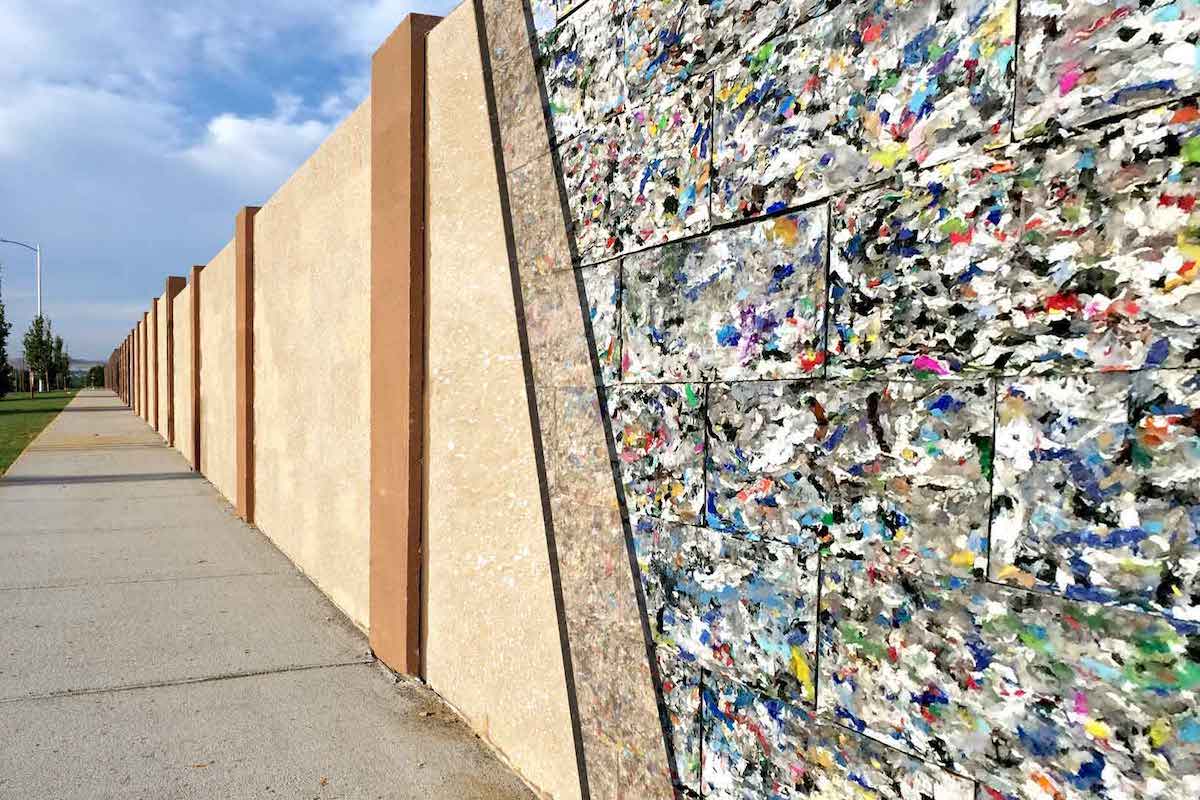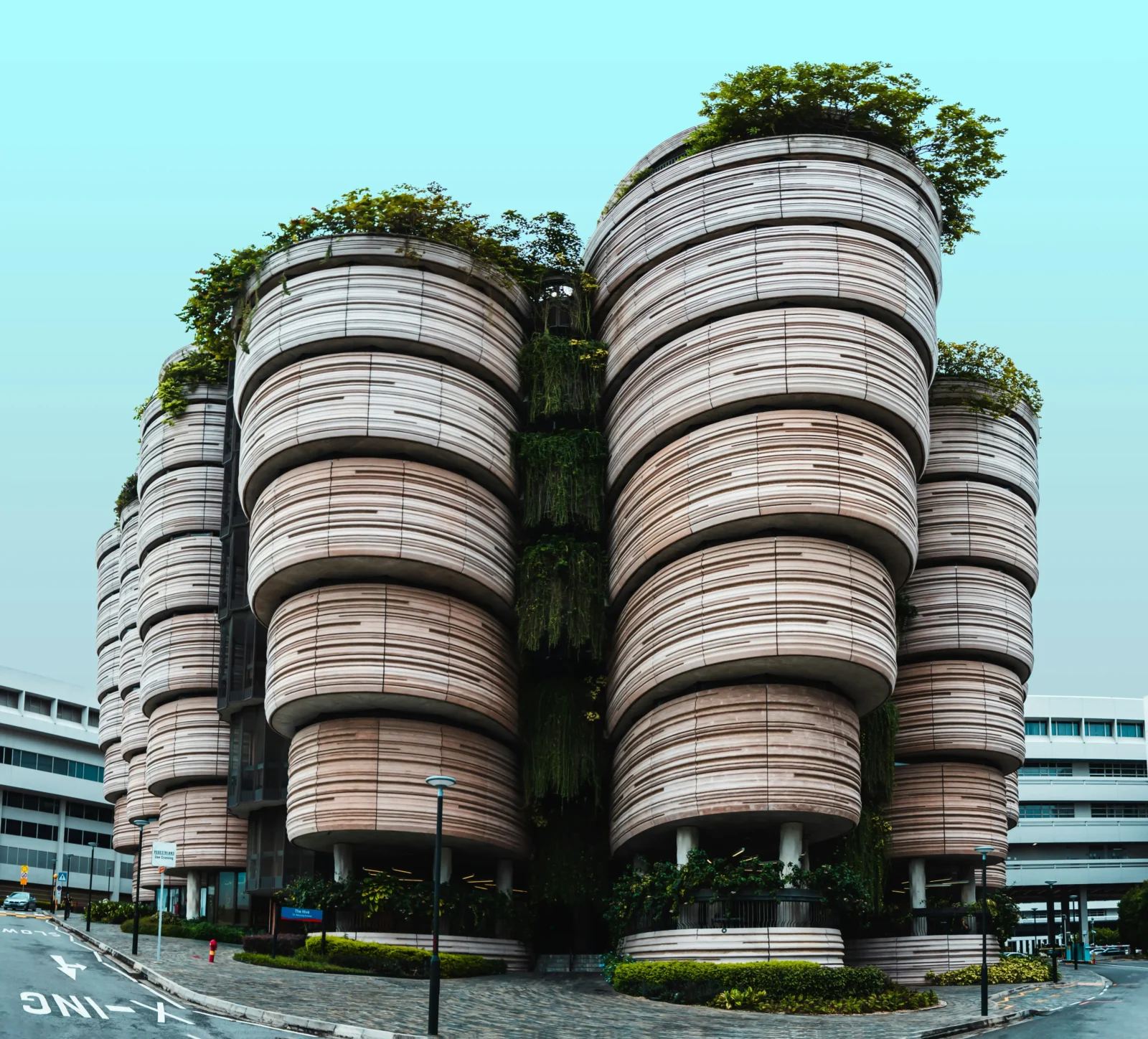- Home
- Articles
- Architectural Portfolio
- Architectral Presentation
- Inspirational Stories
- Architecture News
- Visualization
- BIM Industry
- Facade Design
- Parametric Design
- Career
- Landscape Architecture
- Construction
- Artificial Intelligence
- Sketching
- Design Softwares
- Diagrams
- Writing
- Architectural Tips
- Sustainability
- Courses
- Concept
- Technology
- History & Heritage
- Future of Architecture
- Guides & How-To
- Art & Culture
- Projects
- Interior Design
- Competitions
- Jobs
- Store
- Tools
- More
- Home
- Articles
- Architectural Portfolio
- Architectral Presentation
- Inspirational Stories
- Architecture News
- Visualization
- BIM Industry
- Facade Design
- Parametric Design
- Career
- Landscape Architecture
- Construction
- Artificial Intelligence
- Sketching
- Design Softwares
- Diagrams
- Writing
- Architectural Tips
- Sustainability
- Courses
- Concept
- Technology
- History & Heritage
- Future of Architecture
- Guides & How-To
- Art & Culture
- Projects
- Interior Design
- Competitions
- Jobs
- Store
- Tools
- More
Design Process of An Architect
In architectural projects’ design process, by thinking like an architect, designers can create successful designs that meet the needs of their clients, function effectively, and contribute positively to the built environment.

What the Design Process Includes?
In architectural projects’ design process, by thinking like an architect, designers can create successful designs that meet the needs of their clients, function effectively, and contribute positively to the built environment.
The design process of an architect can vary depending on the project, but generally includes the following steps:
Initial consultation: The architect meets with the client to discuss the project goals, budget, timeline, and any special requirements or considerations.
Site analysis: The architect visits the project site to assess the site conditions, topography, sun and wind patterns, and any other factors that may affect the design.
Schematic design: The architect develops a preliminary design concept based on the client’s goals and site analysis. This may include sketches, diagrams, and 3D models to illustrate the design.
Design development: The architect refines the design concept, incorporating feedback from the client and any other stakeholders. This phase may involve creating detailed drawings, models, and renderings to show the design in greater detail.

Bidding and negotiation: The architect helps the client solicit bids from contractors and evaluates the bids to ensure they meet the project requirements.
Construction administration: The architect oversees the construction process, ensuring that the project is being built according to the design and specifications. This may include site visits, reviewing submittals and shop drawings, and responding to any issues that arise during construction.
Throughout the design process, the architect works closely with the client to ensure that the design meets their needs and vision for the project. The architect also considers factors such as sustainability, accessibility, and safety in their design.

Managing Design Process Well
Following a structured and methodical design process can help ensure that the design meets the client’s needs, is feasible to construct, and is delivered on time and within budget. Here are some important factors to consider when following a design process:
- Regular communication with the client, project stakeholders, and the construction team is essential to ensure that everyone is aligned on project goals, scope, and expectations.
- Conducting research on the site, local building codes and regulations, materials, and construction methods can help inform design decisions and ensure compliance with legal requirements.
- Collaboration between the architect, engineers, and other design professionals can help ensure that the project is feasible and meets all technical requirements.

- Design is an iterative process, and it’s important to be flexible and adaptable as the design evolves and new information is gathered.
- Architects should consider sustainability throughout the design process, including factors such as energy efficiency, materials selection, and the impact of the building on the environment.
- Paying close attention to details such as materials, finishes, and lighting can have a significant impact on the quality of the final design.
- Through documentation of the design process, including drawings, specifications, and other relevant information, can help ensure that the design is implemented correctly and avoid issues during construction.

Think Like an Architect!
Thinking like an architect during the design process involves applying a creative and analytical approach to problem-solving, considering a broad range of factors that can impact the success of the design. Before beginning the design process, it’s important to fully understand the client’s goals, budget, timeline, and other requirements. This involves active listening, asking questions, and probing deeper to uncover the underlying needs and motivations of the client. As the design evolves, an architect should engage in design thinking, which involves analyzing and refining the design based on feedback from the client, technical constraints, and other considerations. This involves an iterative process of testing, prototyping, and refining the design until it meets the project goals. Collaboration with other design professionals, such as engineers and contractors, is essential to ensure that the design is feasible and can be constructed within the project constraints.

Submit your architectural projects
Follow these steps for submission your project. Submission FormLatest Posts
Using Textured Concrete to Achieve Wood Aesthetics in Architectural Hardscaping
In contemporary landscape and architectural design, material expression plays a crucial role...
Pedestrian Accidents Without a Crosswalk: Can You Still Recover Compensation?
Getting hit while crossing outside a crosswalk can feel like an instant...
8 Examples of Successful Disaster Resilient Architecture
As climate risks increase, architects around the world are creating innovative structures...
Preventing Cyber Threats in Smart Buildings by Design
The trend of integrating IoT technologies into buildings isn’t going away. More...












Leave a comment